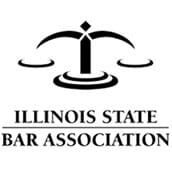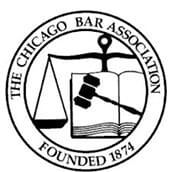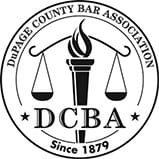Many criminal cases in Illinois and the United States rely on forensic testing to prove whether the defendant is guilty of committing the crime. Evidence found at the scene of the crime, on the victim or in the defendant’s possession may help to link or exonerate the suspect of any wrongdoing. The problem lies in the fact that not all forensic testing is scientifically validated to provide accurate and reliable results. Furthermore, the way the scientific experts handle the evidence and provide information on their findings can directly impact the case. Mistakes and errors made in the process can lead to wrongful convictions.
According to the Innocence Project, at least 45% of cases involving wrongful convictions involved the misuse and/or misapplication of forensic science. Errors made while handling and testing evidence includes the following:
- Scientists make mistakes when performing tests, leading to inaccurate results
- Scientists inadvertently present inaccurate results to the court
- Scientists knowingly alter findings or information to sway the judge or jury
In some cases, tests that were once deemed scientifically valid and were admissible as evidence in court have been found to yield inaccurate results. This includes tests, such as hair comparisons, tire mark comparisons, comparative bullet lead analysis and methods used to detect arson.
The way the information is presented to the judge or jury may also determine whether the defendant is convicted. The scientific expert may not properly inform others as to the significance of the data. Some states have laws that allow people who were convicted based on discredited scientific information to challenge their conviction.





